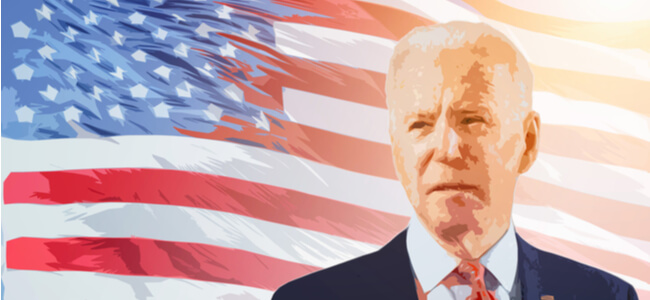What Happened To The Student Loan Market?

In recent years, student loan debt has become one of the major concerns across America. With more than $1.6 trillion debt, student loans have surpassed the total debt of mortgages. Unfortunately, these numbers are growing at an exponential rate.
To add to this, the cost of a college education is becoming more and more expensive with every new semester. Coupled with the advancements in technology and the rise of automation, it has also become difficult to earn a living wage without a college degree. This puts the students and their parents in a very precarious position.
The outbreak of coronavirus has escalated this problem. In the last four years, the college degree costs have increased by 25% and student loan debt has concurrently risen by 107%. Moreover, between March and June, over 42.6 million Americans filed for unemployment.
Over the years, the student loan industry has also undergone many major changes. Everything has had a significant impact on today’s student loan market. For example, the privatization of Sallie Mae and the substantial increase in for-profit organizations.
The Increase In The Number Of Private Lenders
After the privatization of Sallie Mae, students were encouraged to take out more student loans. Sallie Mae even offered incentives for the schools that used Sallie Mae as their financial aid company to offer loans for their students.
Sallie Mae loans aren’t backed by the government. Additionally, the loans are packaged into securities that are then sold in segments to the investors. Since the recession and the subsequent realization that asset-backed securities are the primary catalysts for cash, lending constraints have been tightened by Sallie Mae. However, this lender is still servicing over three million borrowers.
Due to the lack of fair competition and transparency, Sallie Mae is perpetrating many trespasses. These include bribing the financial aid officers with cruises, showcasing private representatives as college employees, and encouraging students to take more loans than they need.
All this has led to today’s student crisis. Today, many students are falling behind on their student loans. For instance, about eight million student loan borrowers are listed as defaults.
In 2010, the government cut all middlemen such as Sallie Mae. This started a new chapter for lending. Private lenders, like Sallie Mae, have higher interest rates and varying rates. These rates are based on the borrower’s credit.
Impact Of COVID-19
Due to the coronavirus pandemic, colleges have been forced to shut their campuses. This has forced students to take online classes. Colleges are still evaluating if they can resume their classes next semester. On the other hand, many students are evaluating if their new education will be worth the cost that they’re paying.
The $2 trillion Coronavirus Aid, Relief, and Economic Security (CARES) Act has passed an extended grace period of six-months on student loan debt payments. It allows students with federally backed loans to pause their payments for two months. There’s also another stimulus package that has been passed. This package will cancel up to $10,000 worth of debt for some of the federal and private loan holders.
Bottom Line
Student loan debt is one of the fastest-growing debts across the United States. Millions of Americans still owe a lot of money to the federal government and private lenders. The current scenario directly results from mistakes in plans and policies that the government and colleges implemented over the last couple of decades. We can contribute to creating a better economic future for the next generation by creating more efficient student loan repayment options.



